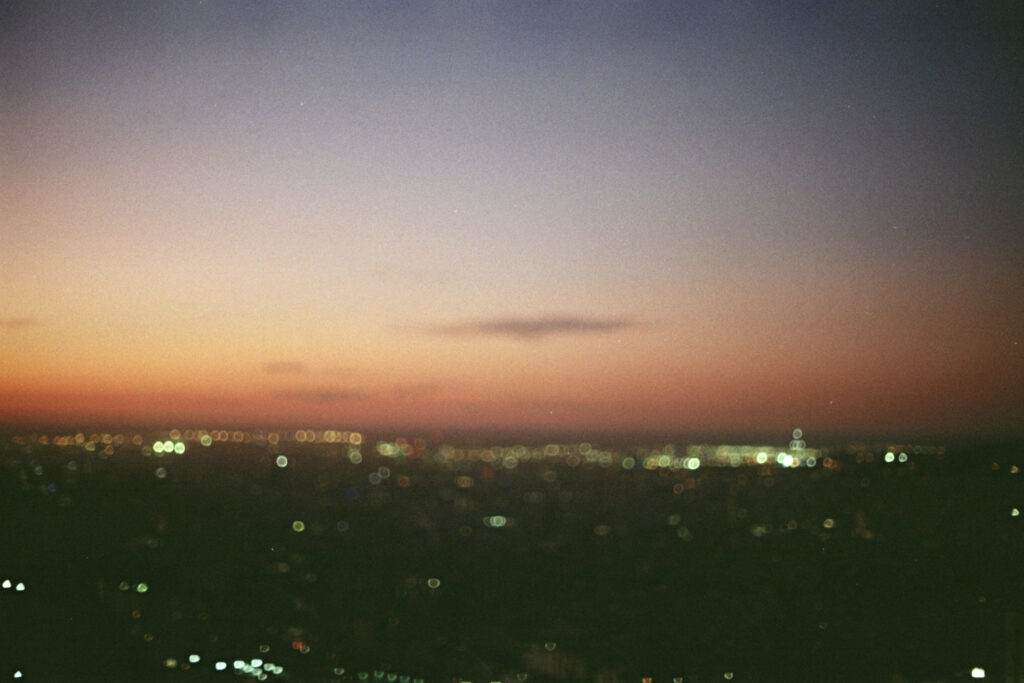There are no specific films that are considered “best” for analoge photography. The choice of film depends on various factors, such as the desired result, the area of use and the personal preferences of the photographer. However, there are certainly best analog films to start with.
However, some of the best analog film recommendations for starters are:
- Ilford HP5 Plus 400 for all-round photography.
- Kodak Tri-X for artistic and demanding photography
- Fujifilm Neopan Acros for landscape and architectural photography
It is advisable to try different films to find out which one best suits your needs and preferences.
Some of the most popular analog films in general are:
- Fujifilm Neopan Acros 100
- Kodak Portra 400
- Kodak Portra 160
- Fuji Color 200
- Kodak Ektar 100
- Agfa Vista Plus 200
- Lomography Redscale XR 50-200
It is important to note that the choice of film depends on the personal preferences and needs of the photographer. Some prefer fast films for difficult lighting conditions, while others prefer slow films to capture fine details and tones. Find a guide with the best analog films for beginners.
Analog Photography Tips for Starters
Beginners guide: Tips for analog photography
Here are some tips for you as a beginner to analog photography:
- understand exposure basics: understand the interplay of ISO, aperture, and shutter speed to get good exposures.
- Practice with different settings: Experiment with different exposure settings to understand how they affect the final image.
- understand the importance of light: light is the most important element in photography, so it is important to understand and use its effects on the photo.
- use a tripod: a tripod can help to avoid camera shake during long exposures and achieve better results.
- process the film carefully: make sure you load and develop the film properly to get the best possible results.
- practice: Keep practicing, practicing, and practicing! Analog photography takes time and practice to improve your skills and understanding.
- be patient: analog photography can be slower than digital photography, but waiting for the final result can also be part of the pleasure.
